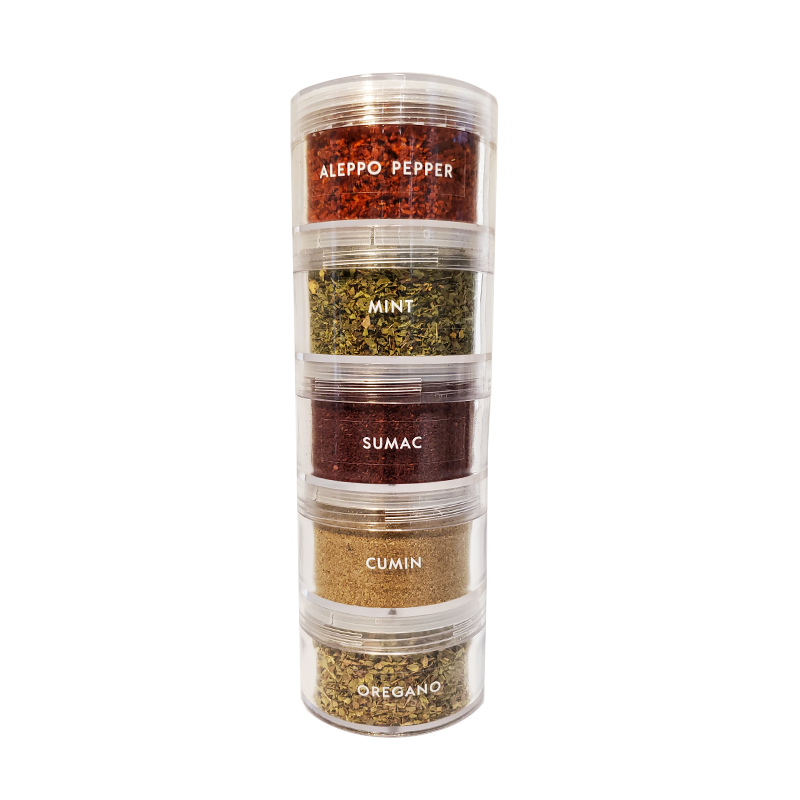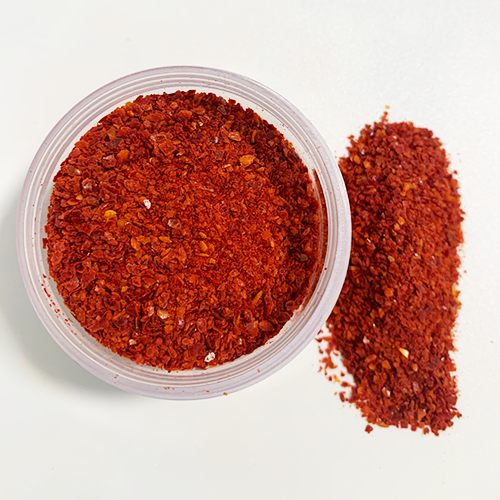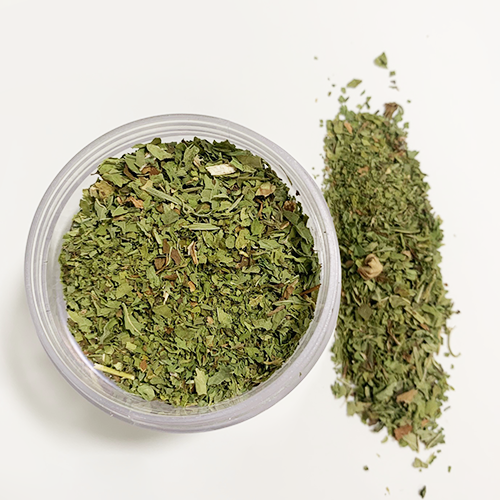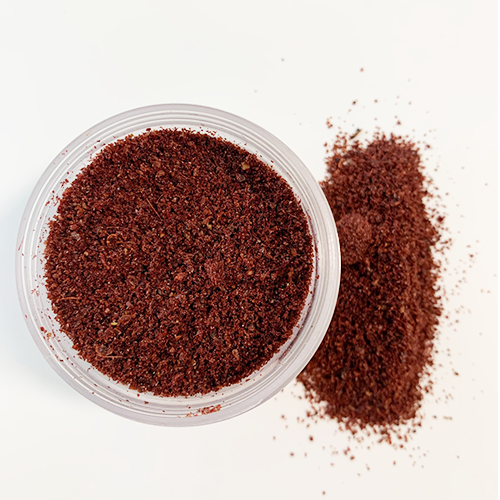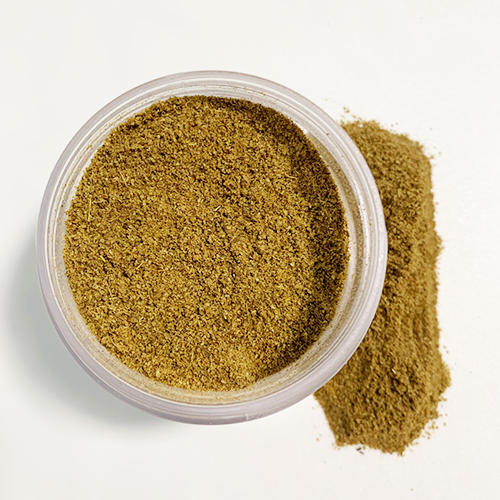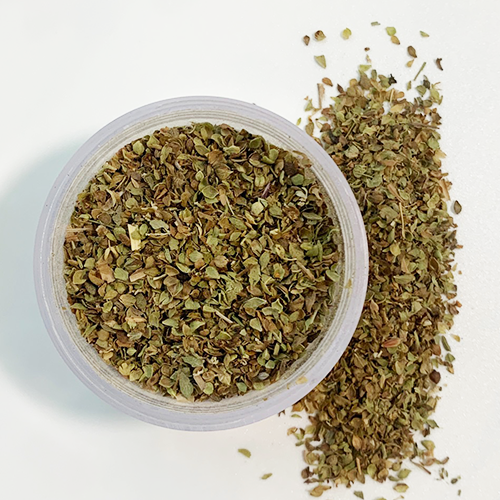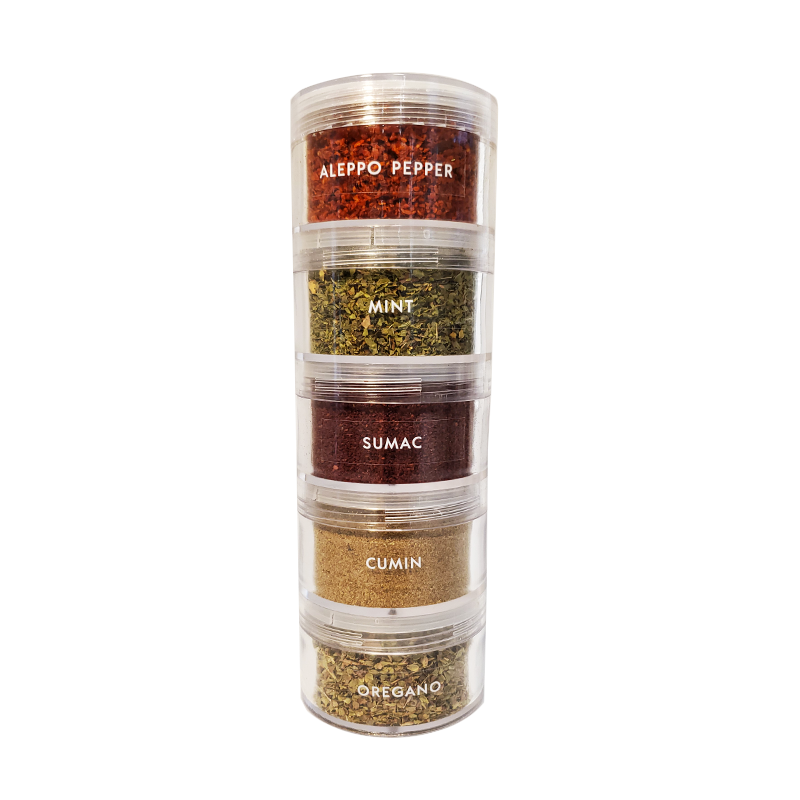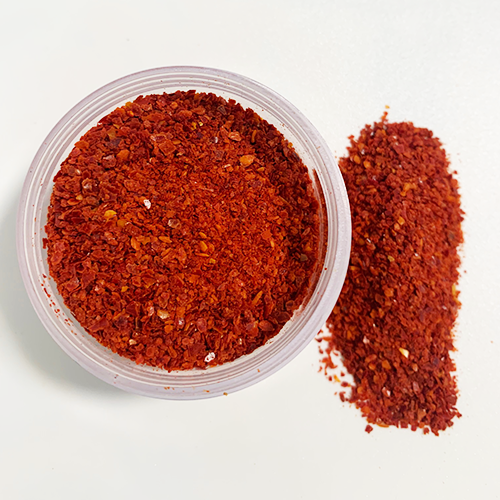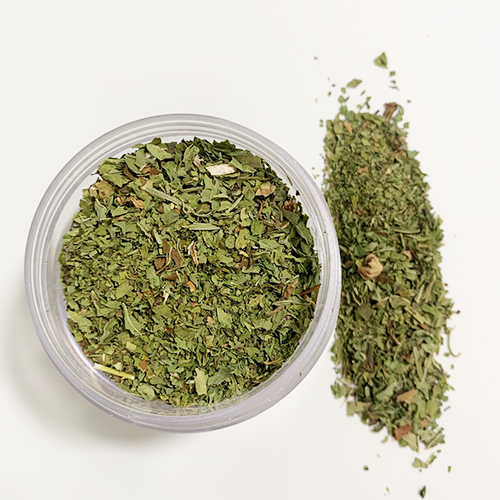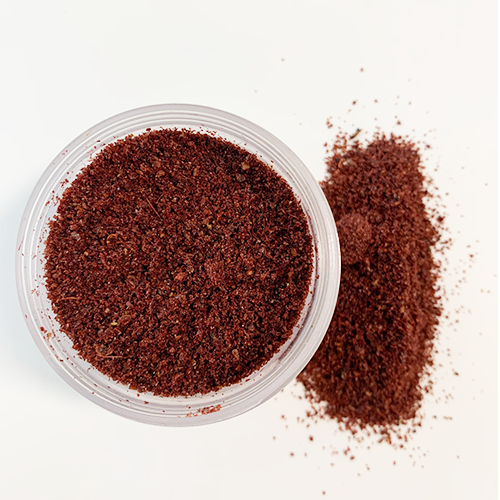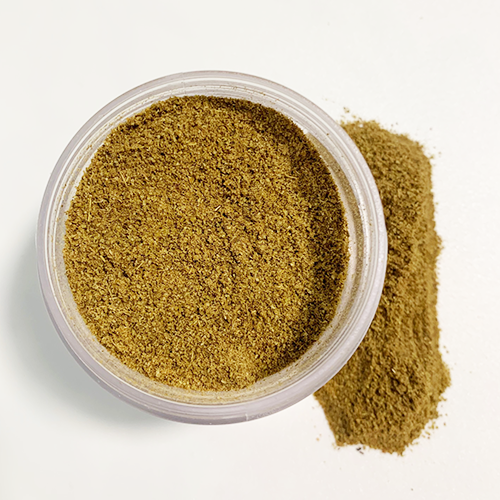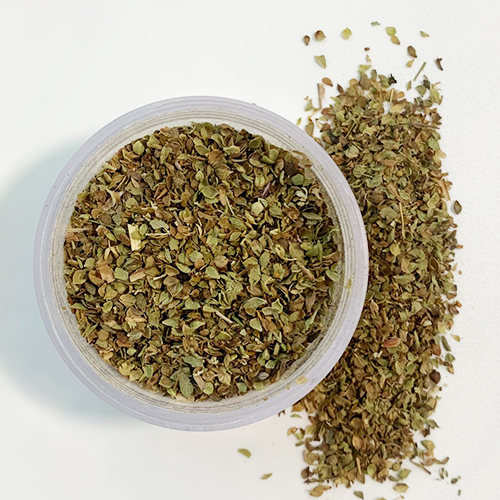Spicylux
Arabian Mix
Arabian Mix
Couldn't load pickup availability
Those are the 5 essential and most commonly used spices and herbs in the Middle Eastern region.
INGREDIENTS: Red Pepper, Mint, Sumac, Cumin, Oregano
These 5 key spices and herbs add an aromatic flavor in every dish.
Red Pepper Flakes or Aleppo Pepper (30g / 1oz): The most common use is in the form of crushed flakes, which are typically slightly milder and more oily than conventional crushed red pepper, with a hint of saltiness and a slightly raisin-like flavor.
Mint (12g / 0.40oz): Spearmint is a member of the mint family that is widely distributed throughout North America, Europe, Asia and Africa. Our domestic spearmint is a hybrid of uncertain origin, but with a naturalized range that includes the U.S. The dried leaf is commonly used in Asian and Middle Eastern cuisines. The herb is also tinctured or used to make syrup.
Sumac (30g / 1oz): Ground Sumac is simply the tangy, citrusy powder from the fruit of the sumac shrub, most often used in classic Middle Eastern and Mediterranean seasonings. Add a citrus flavor to any dish! Perfect for adding color or flavor to steak, lamb, chicken, fish, spice blends, vegetables, salads, hummus and dips. Use as a marinade, garnish, dip, dry rub or a dressing. Sumac is very high in Vitamin C and has many other benefits associated with it.
Cumin (30g / 1oz): Powdered cumin seed is widely used in Latin American, African, Asian and Mediterranean cooking. In fact, in some parts of the world it rarely sees the inside of a spice cabinet. In Morocco, for instance, it's as common to see cumin kept on the table as it salt and pepper in the west. Add powdered cumin to soups, baked goods, curries, chili and rice and bean dishes.
Greek Oregano (10g/0.35 oz): Greek oregano, also known as Mediterranean oregano, is native to and cultivated throughout Greece, Egypt and Italy. This is the classic “pizza herb” most people are familiar with. It also pairs well with meats, rice, vegetable and cheese dishes and tomato-based soups and stews.
Net weight: 112g / 3.95 oz
Share
